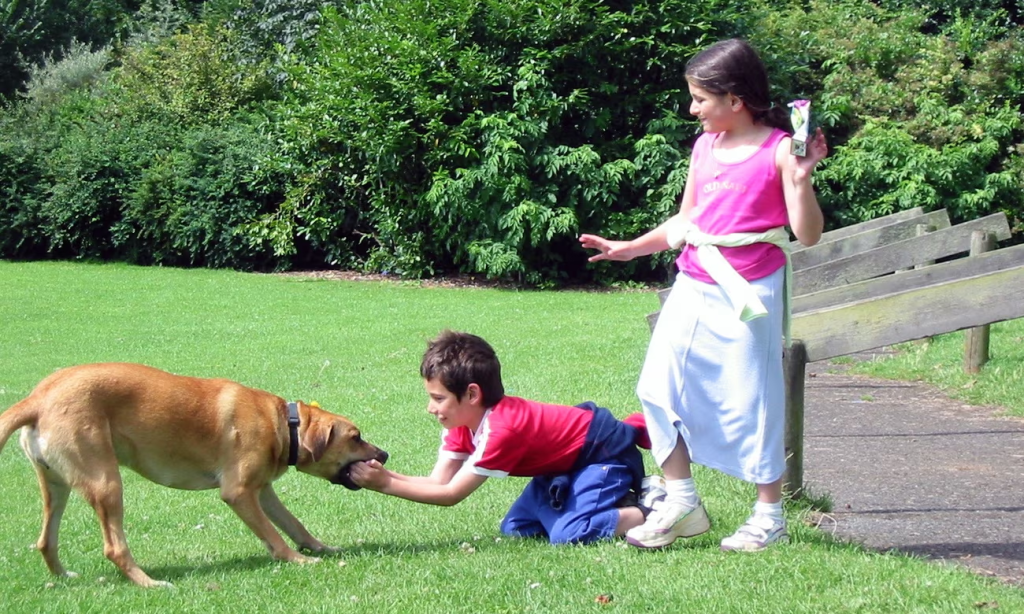
Mum, Dad, my brother Michael: everyone in the family got more affection from our ridgeback-staffie cross. And guess whose bed she used to poo on…
I think the tone was set when Ella threw up over me on the way back from the Dogs Trust. She was three months old, rolling around on the back seat between me and my twin brother, Michael (we’d just turned seven), and wasn’t enjoying her first trip in a car. She could have been sick anywhere – over the seat, over the floor – but for some reason she decided to climb on to me first.
It was the start of a beautiful but strangely one-sided friendship. Ella, a ridgeback-staffie cross, was the perfect dog: playful, energetic, naughty and tolerant. She would let us poke and prod her without complaint, turn her ears inside-out or dress her up in T-shirts or the thick woollen poncho my Greek Cypriot grandma knitted her for the British winter. And she was endlessly loving, at least to the other members of the family. Me? Too often it was as if I didn’t exist. If Michael and I were sitting on the sofa, she’d bound up to him. If I came home after a day out with my dad, he was the one she’d jump at. If I tried to take her for a walk by myself, she’d drag her feet and insist that I fetch my brother.
To add insult to injury, about once a year she would do a poo in the house. Not just anywhere, though: she’d climb the stairs to my room and leave it in a neat pile on top of my bed.

I can’t pretend I wasn’t offended by Ella’s attitude – I loved her just as much as anyone. But it took me a while to realise that in her eyes we were both bitches fighting for our place in the pack. I read that dogs are 98.8% wolf, even yappy little chihuahuas. Ella was a definite she-wolf and my mother (she who opened the tin of dog food every night) was the undisputed alpha female. Ella could handle that fact, but she didn’t want to be the omega female. That was me.
Working out the reasons for Ella’s lack of sisterhood, understanding that her indifference was atavistic and not just casual, didn’t make me any less jealous of my brother, who always took great pleasure in the fact that Ella seemed to prefer him. But I resigned myself to the situation. And then one day (happy ending, anyone?) everything changed. I must have been 16 or 17, we’d been away for a fortnight in France, and when we got back it was me she ran up to first, whining and twisting with pleasure at seeing me again. After that it was like all those years of competition had never happened. We were best friends for ever, or at least for the couple of years she had left. Ella finally loved me.
15 Pics That Prove Every Second With Your Loved Ones Is a Treasure to Keep
Reuniting with loved ones, helping those we care about, or a simple photoshoot with our kids and pets can make even a few minutes feel magical. All the better if we take photos of those moments. This way we can be reminded of them and ignite a warm spark inside of us, even if we feel down.
We at <strong>Bright Side have a soft spot for family and friends and we just can’t resist sharing our latest compilation of special moments that people shared on the internet.
1. “My son teaching his little sister how to walk from his wheelchair.”
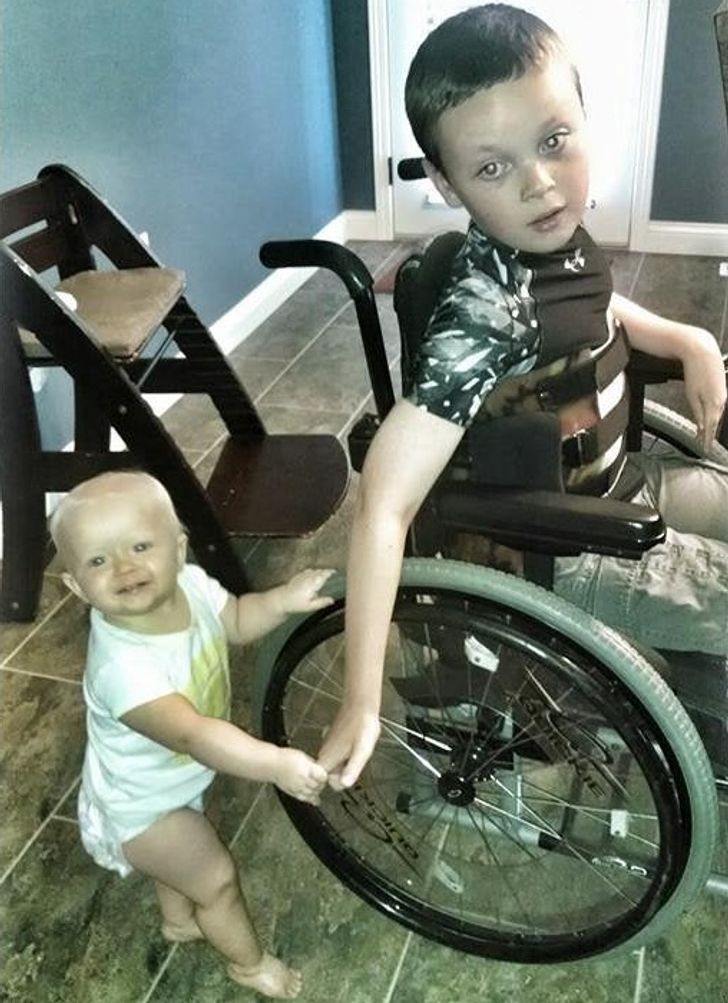
2. “My husband rooting for our daughter is the energy I need this week.”
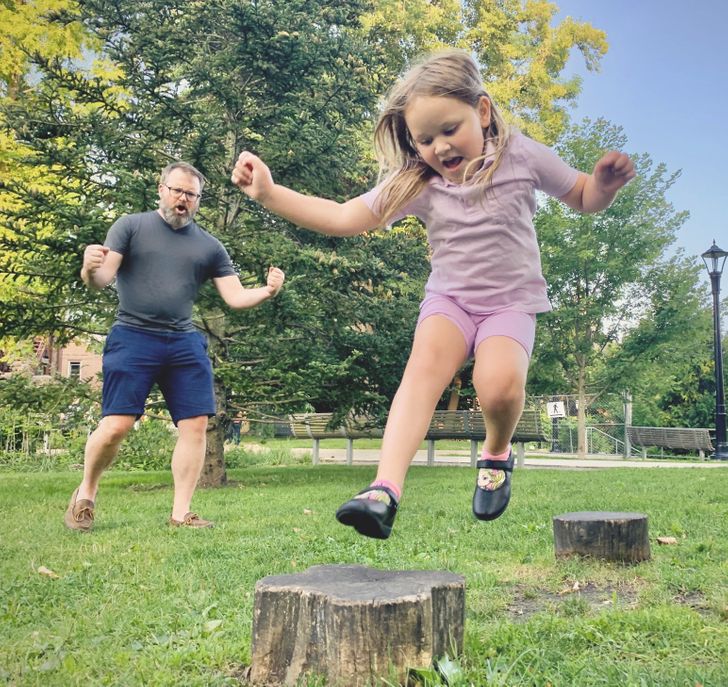
3. “Today we celebrated one year of beating a tumor. My wife made me a cake! Yea, my son is trying to steal it.”
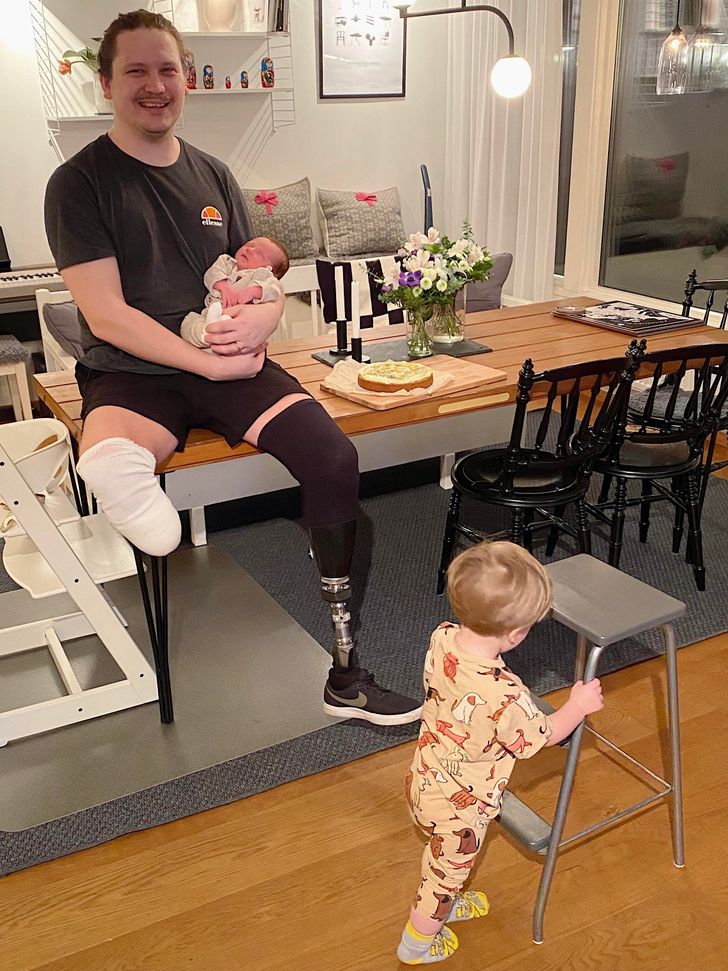
4. “Surprised my friend by bringing him to a zoo where he got to pet his favorite animal, a sloth. His face says it all.”
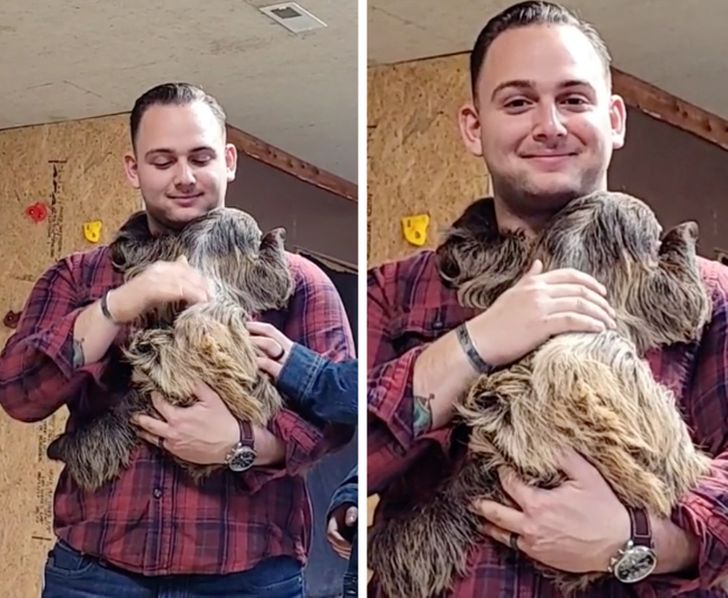
5. “A ‘photoshoot’ my husband did while I was at work. If this doesn’t make you smile, I don’t know what will.”
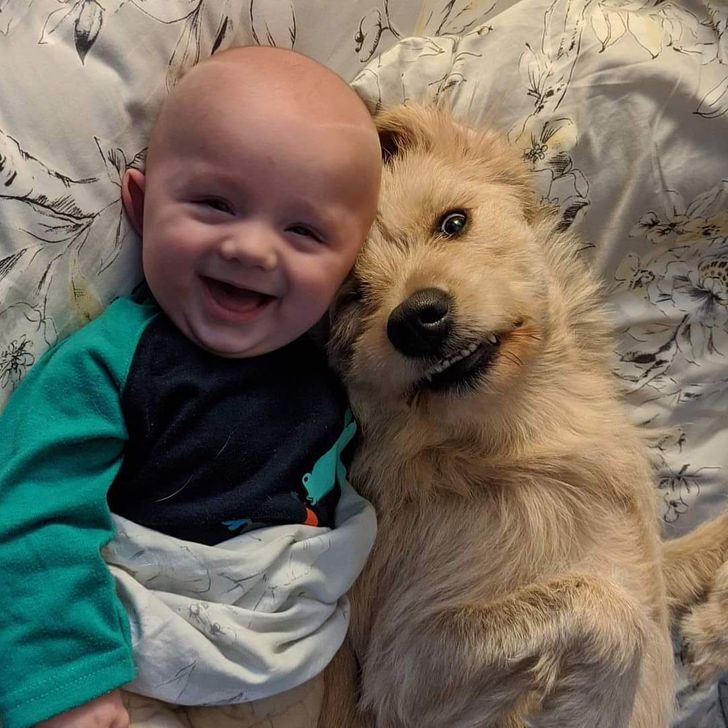
6. “6 months meets 96 years — my Nana held her first great-granddaughter for the first time ever today!”
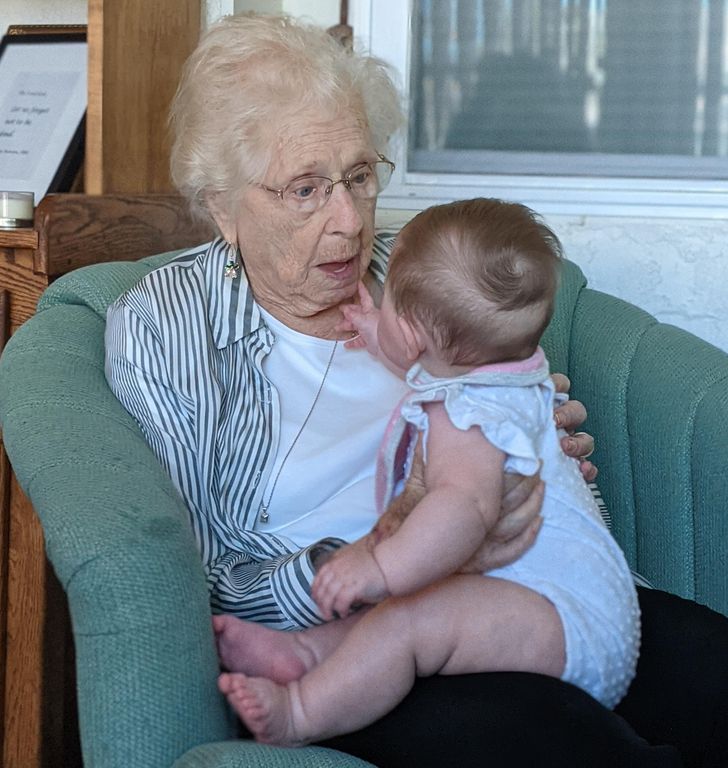
7. “Family moment 30 years ago with my mom and grandpa.”
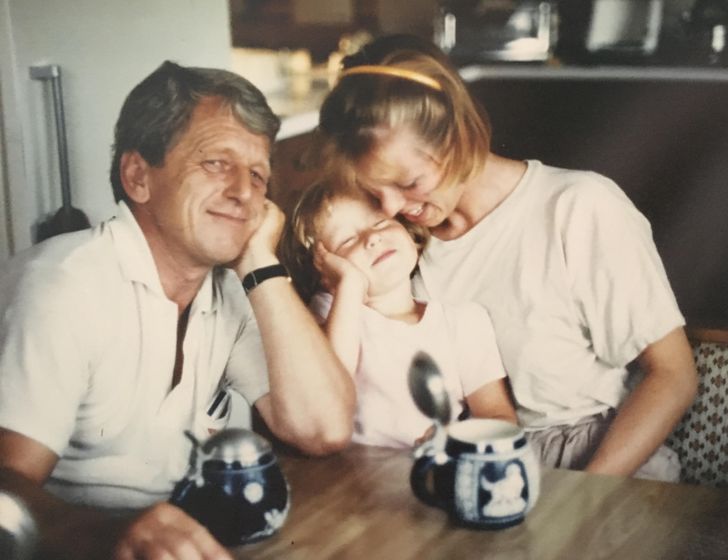
8. “It took me nearly 26 years to find my father and his family. This is my newborn daughter and my uncle (my father’s brother).”
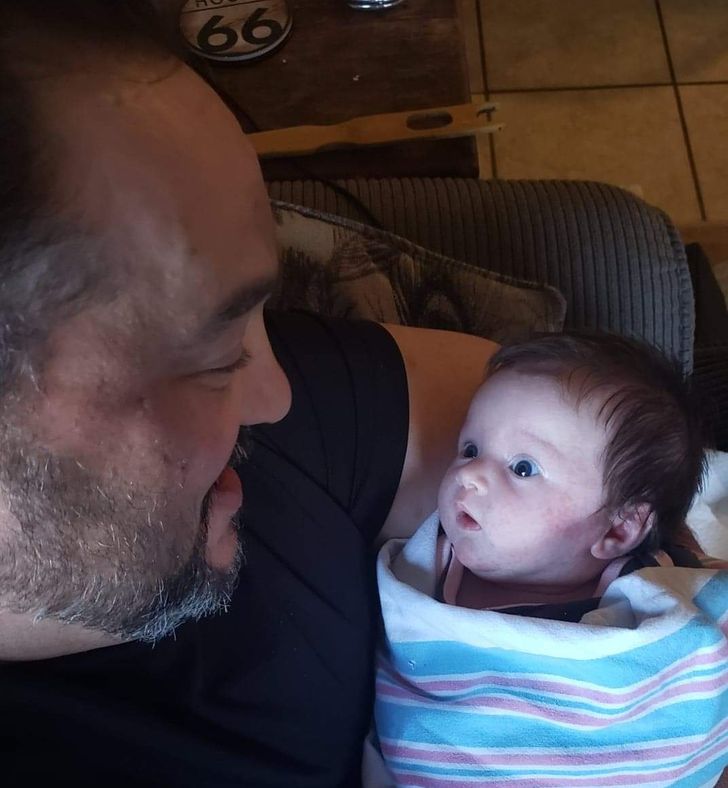
9. “I met my father for the first time in my (now) 29 years. We decided to have a ‘1st birthday’ on my 29th birthday.”
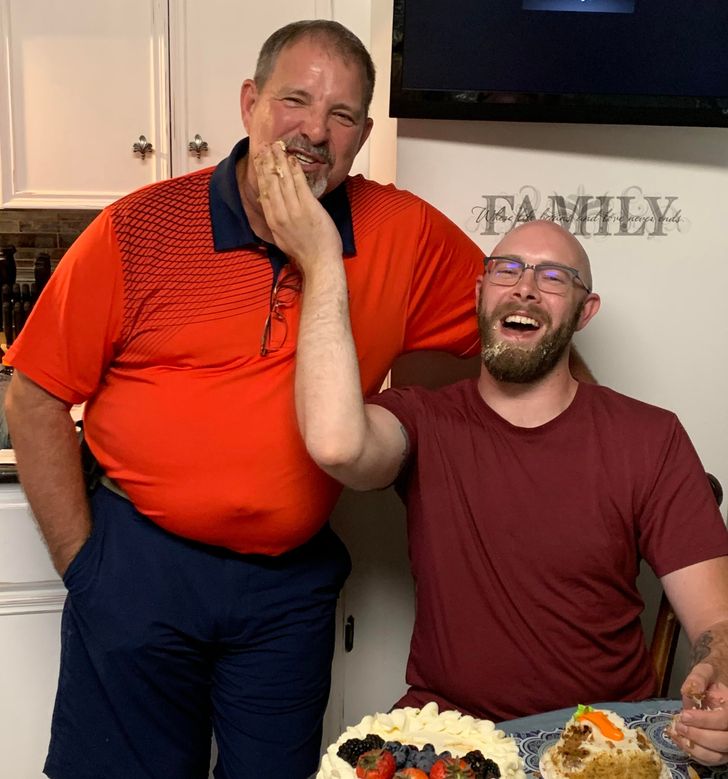
10. “I was a donor to my sister’s girlfriend and I’m now a proud uncle to my donor child.”
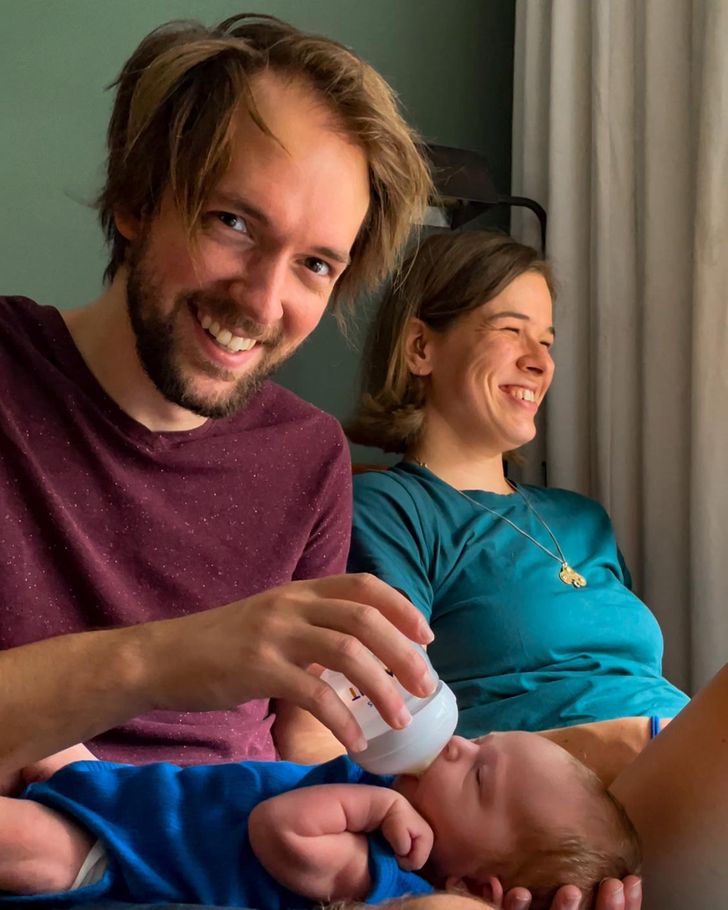
11. “My 96-year-old great-grandma with my kids and I. So thankful she’s in our lives!”
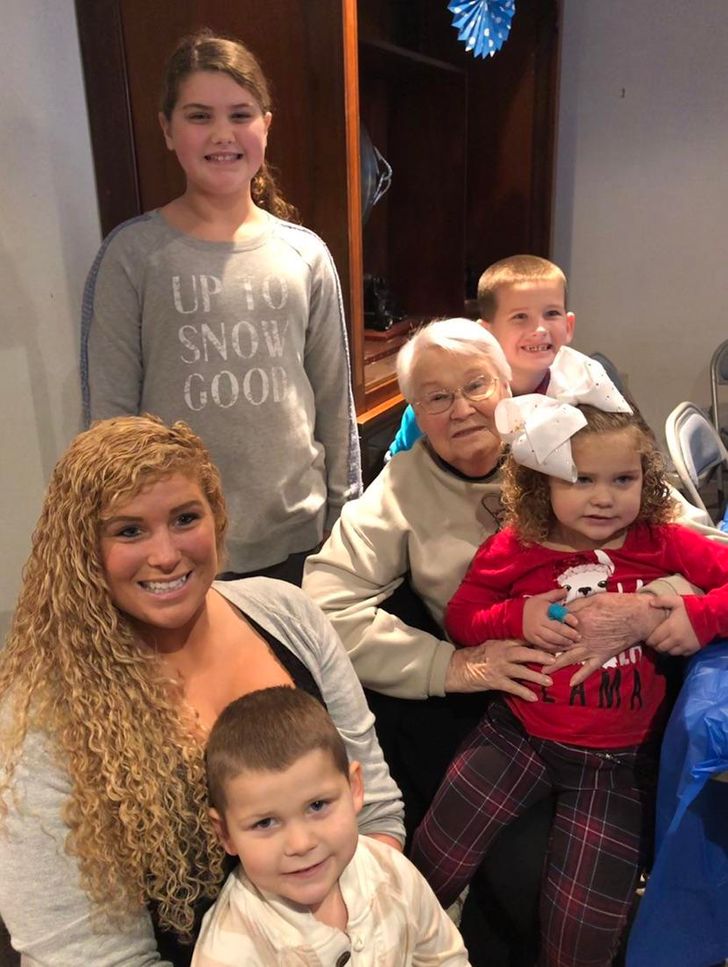
12. “Our flight got canceled for my birthday trip, and I missed the fancy pedicure we had booked. My husband surprised me the next day.”
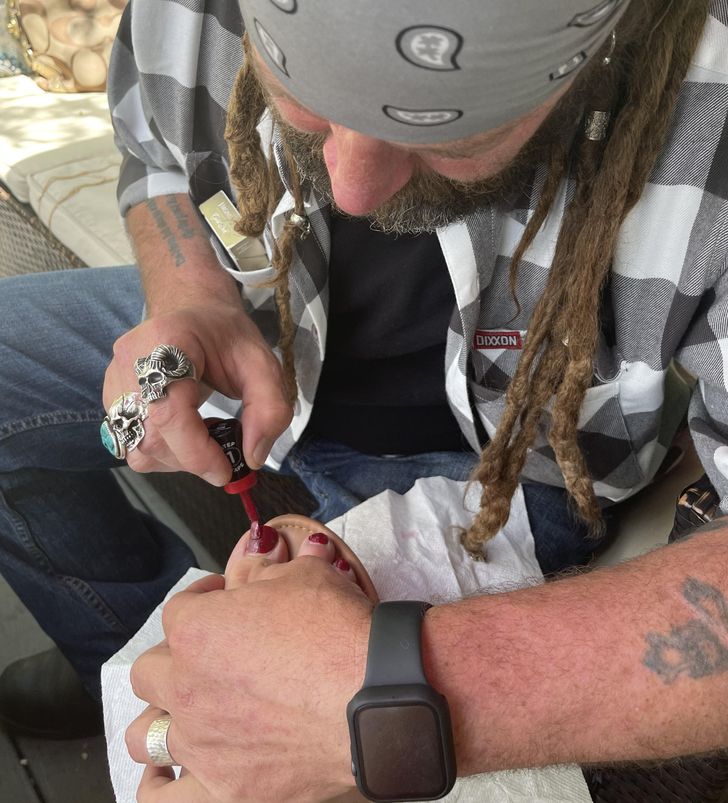
13. “Met my internet best friend of 7 years for the first time!”
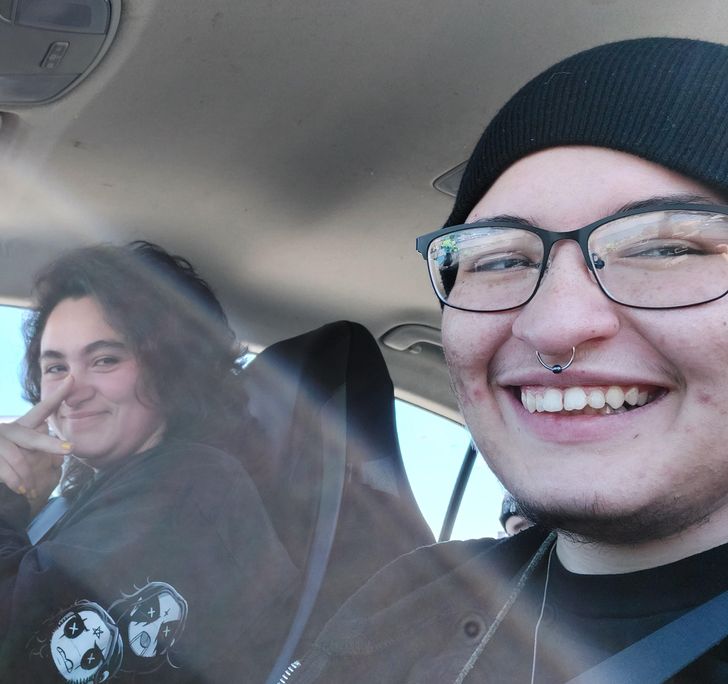
14. “My friend giving the neighborhood kids a huge box of chalk.”
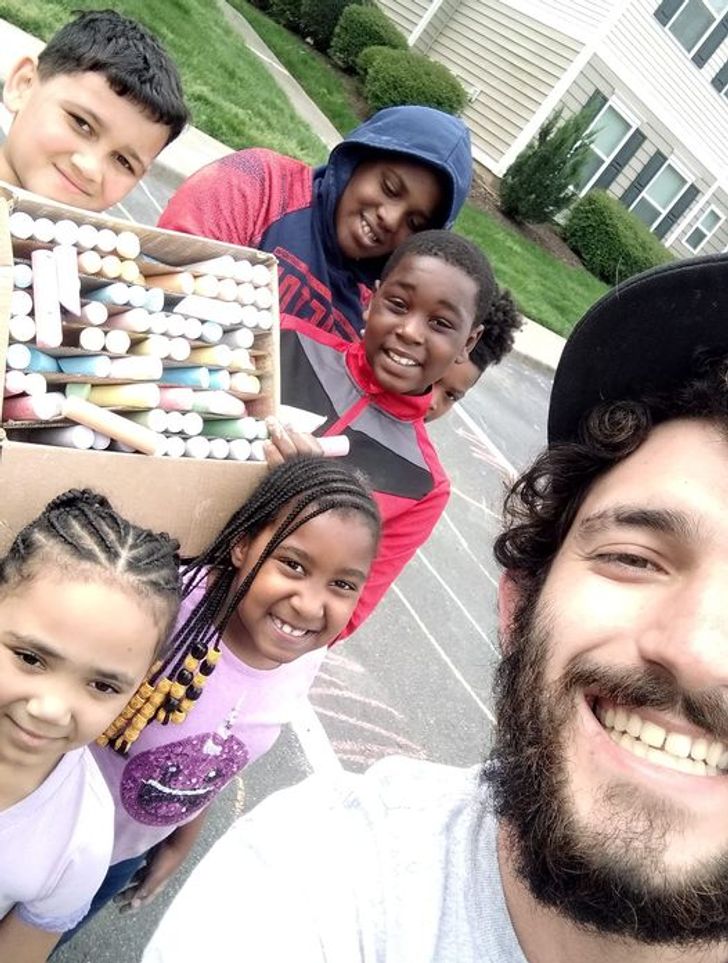
15. “My daughter and I vs My granddaughter and I”
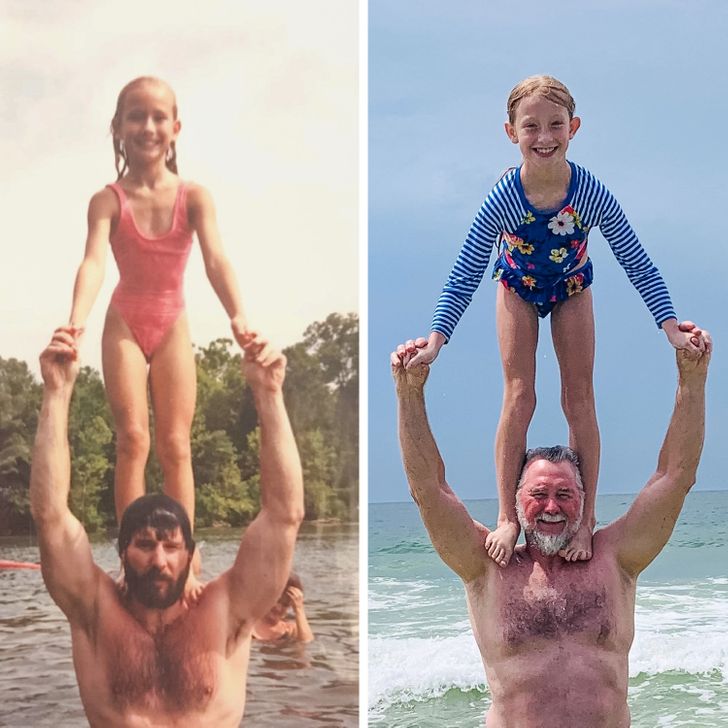
Which one touched your heart the most? Do you have a story with your loved one that you would like to share?
Bright Side has its own podcasts now. Take cool articles with you and listen to new stories whenever and wherever you want.
Preview photo credit poohseph / reddit


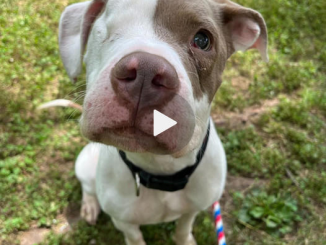
Leave a Reply